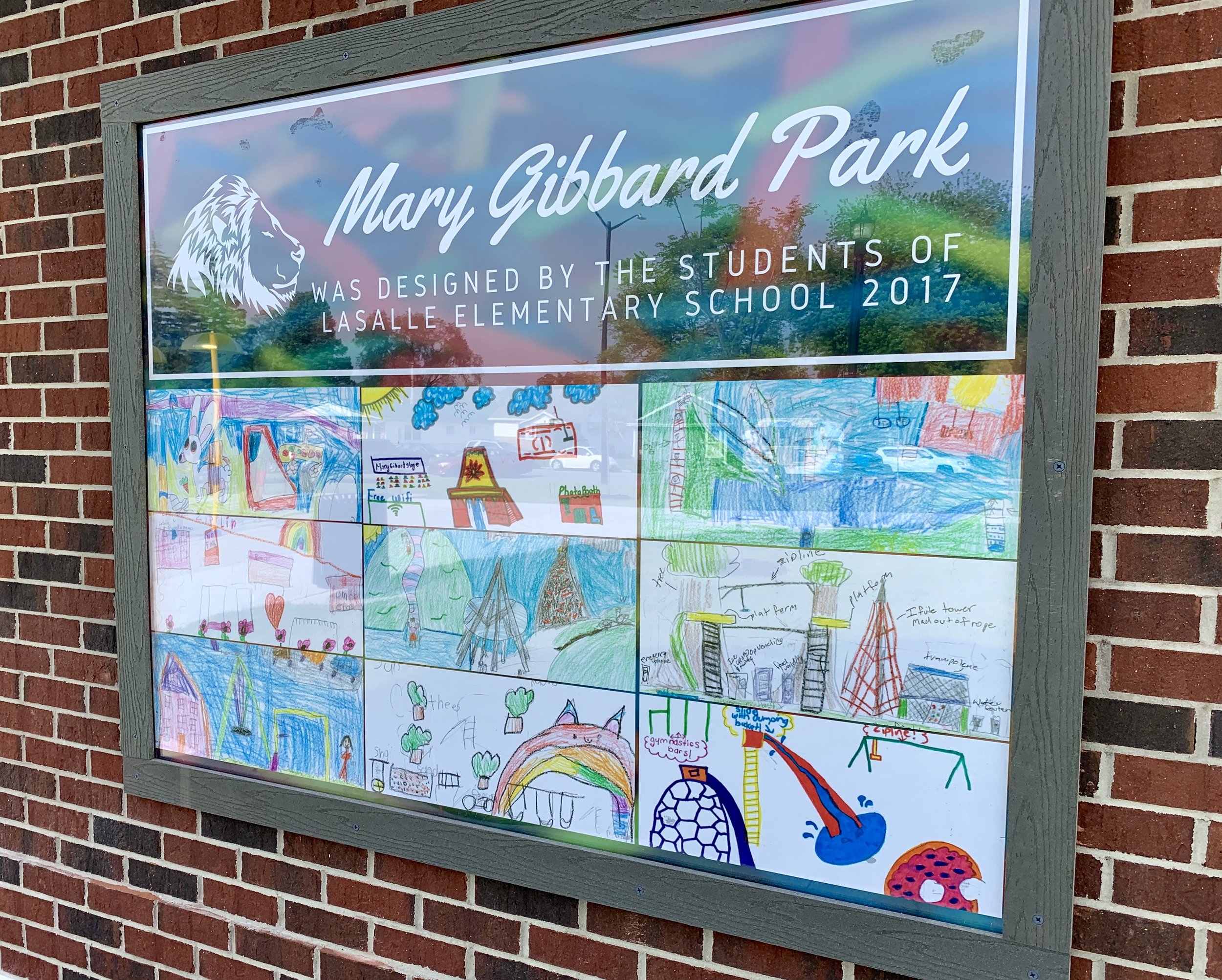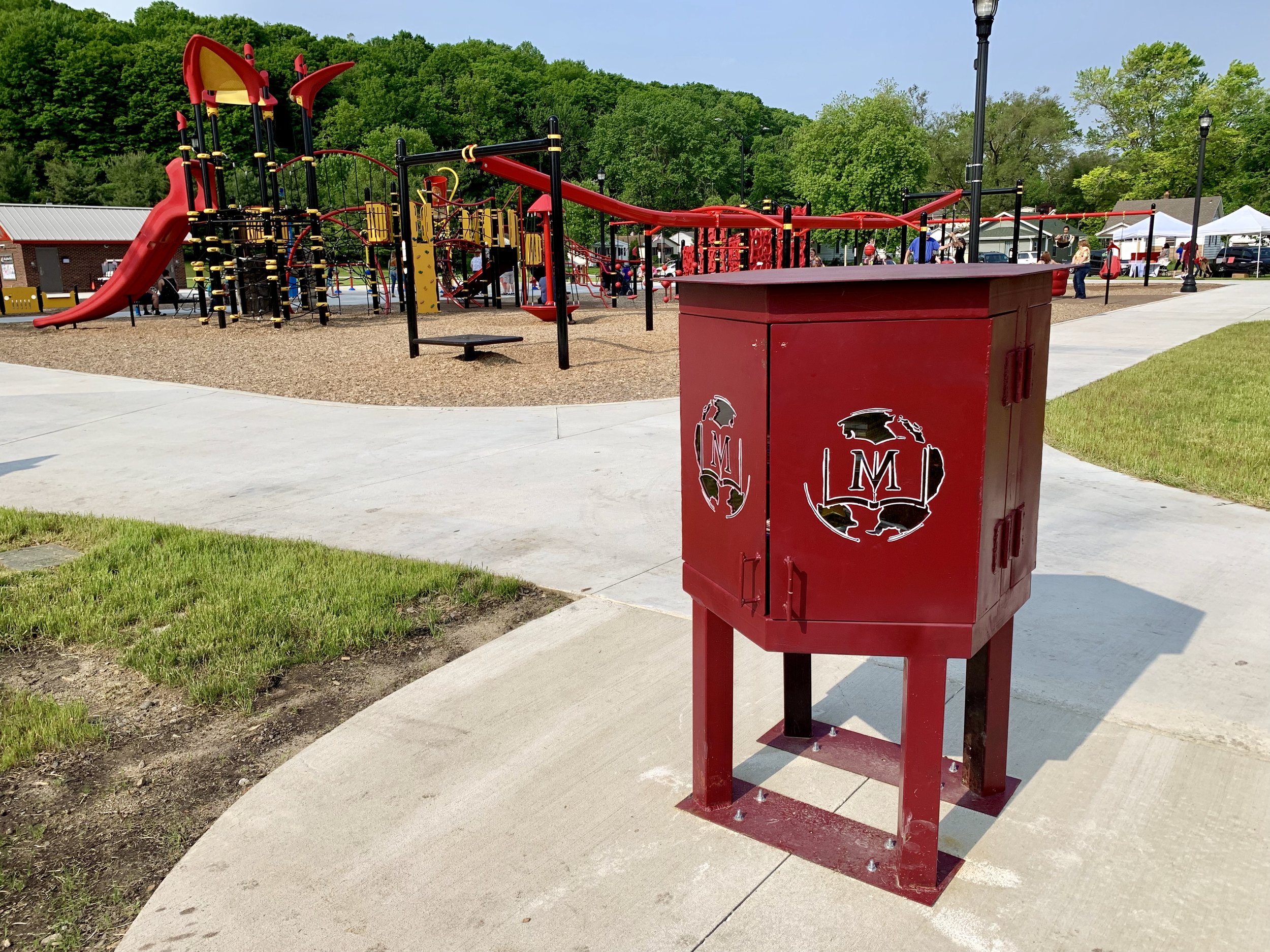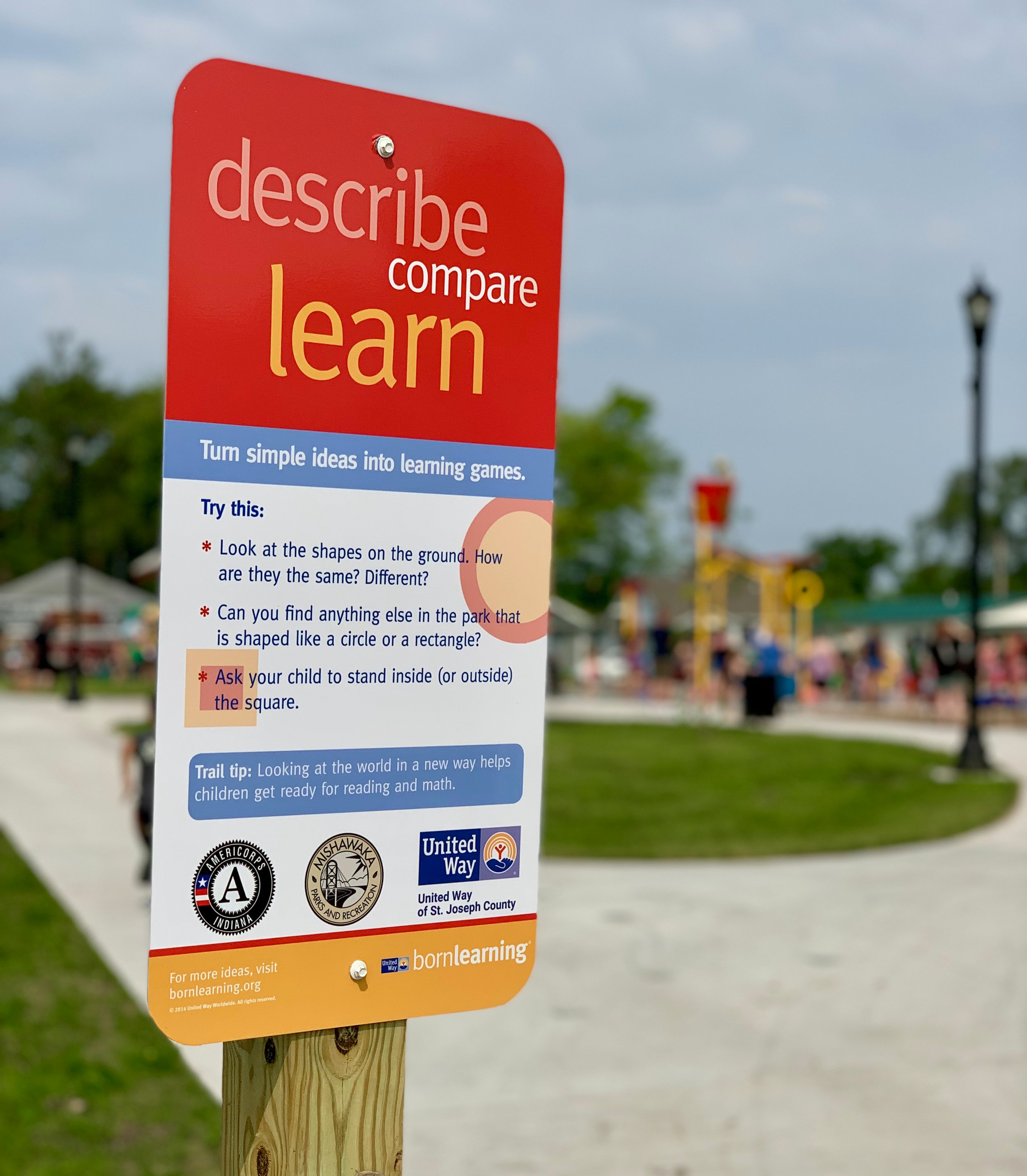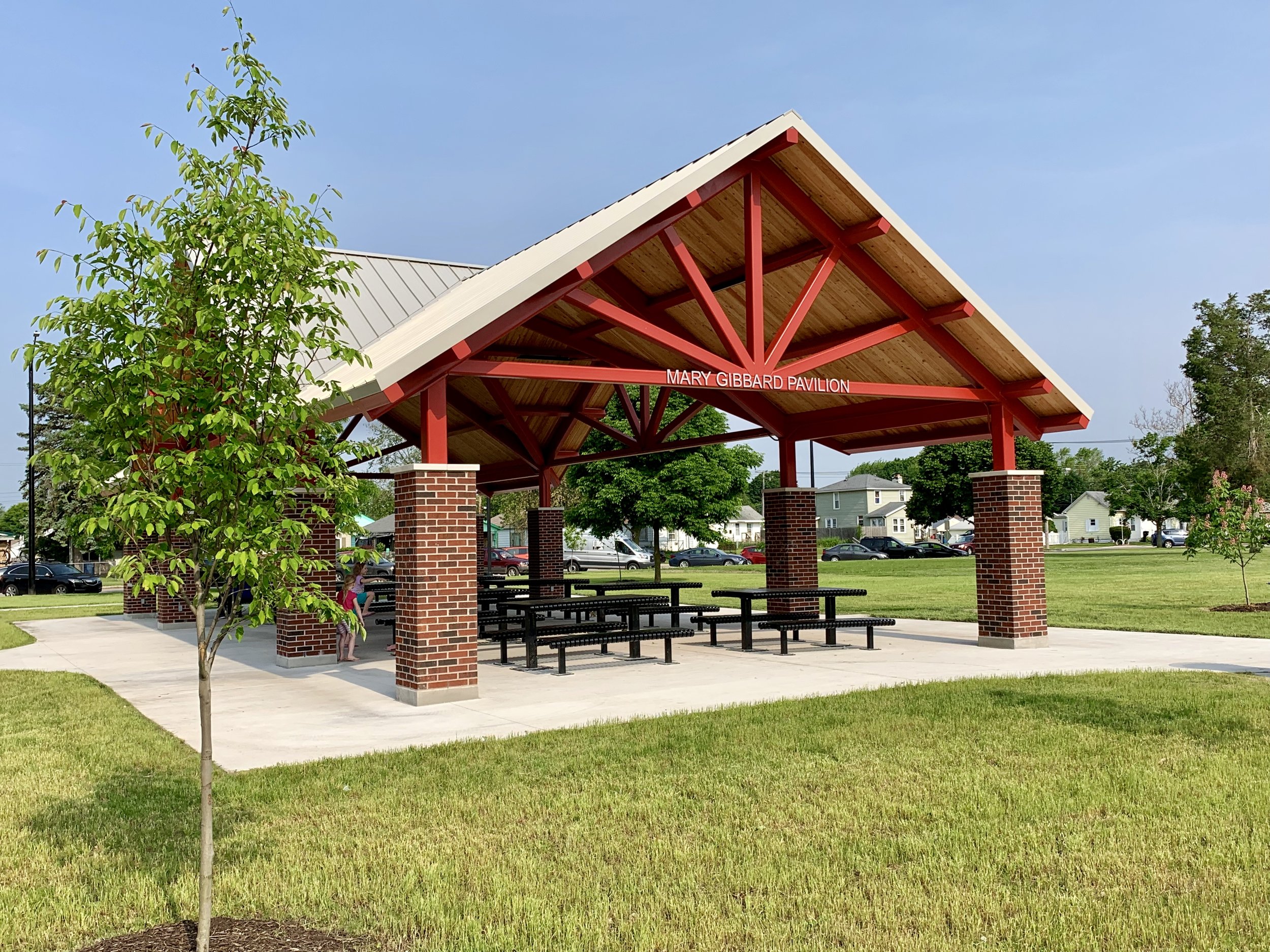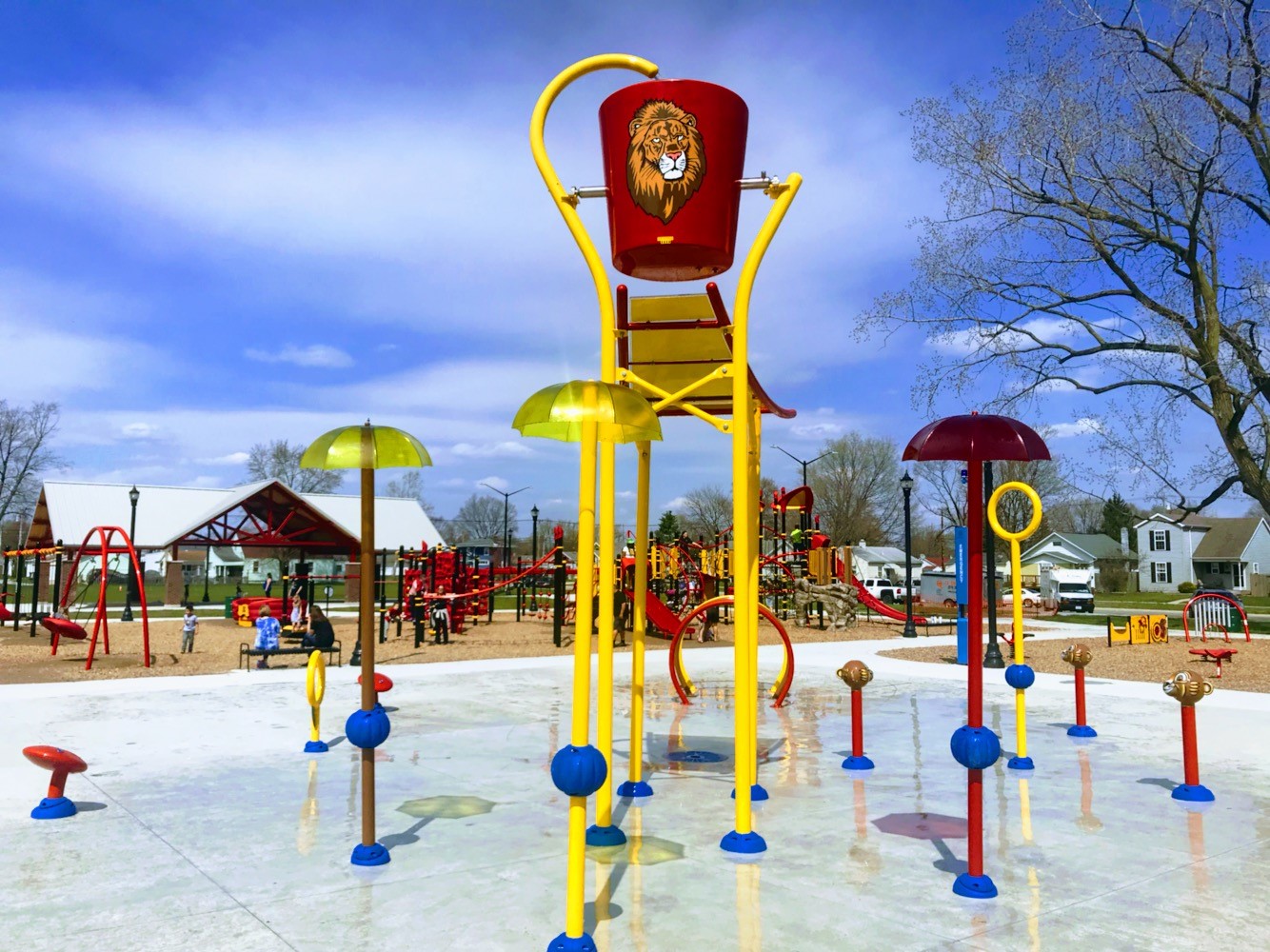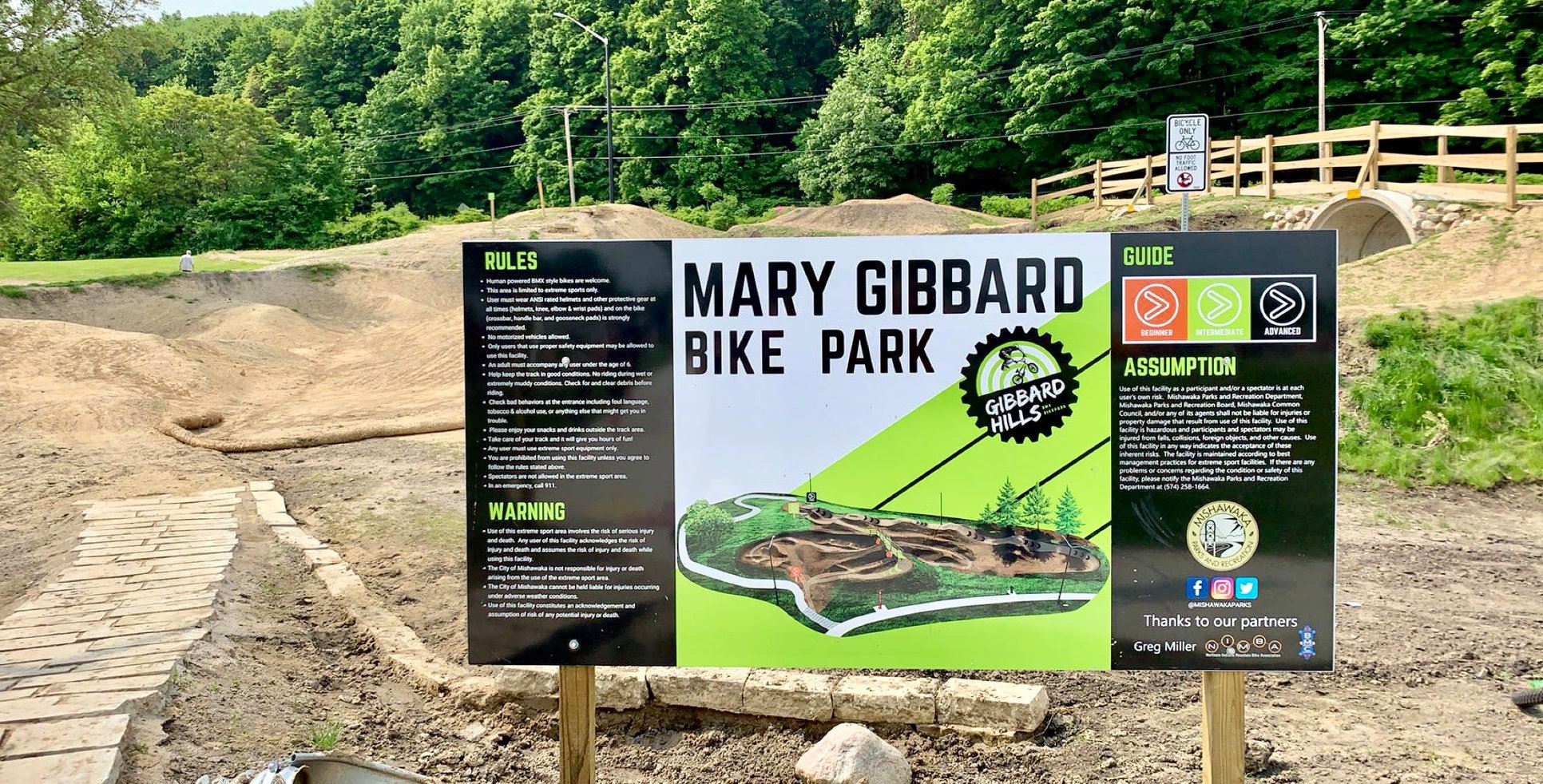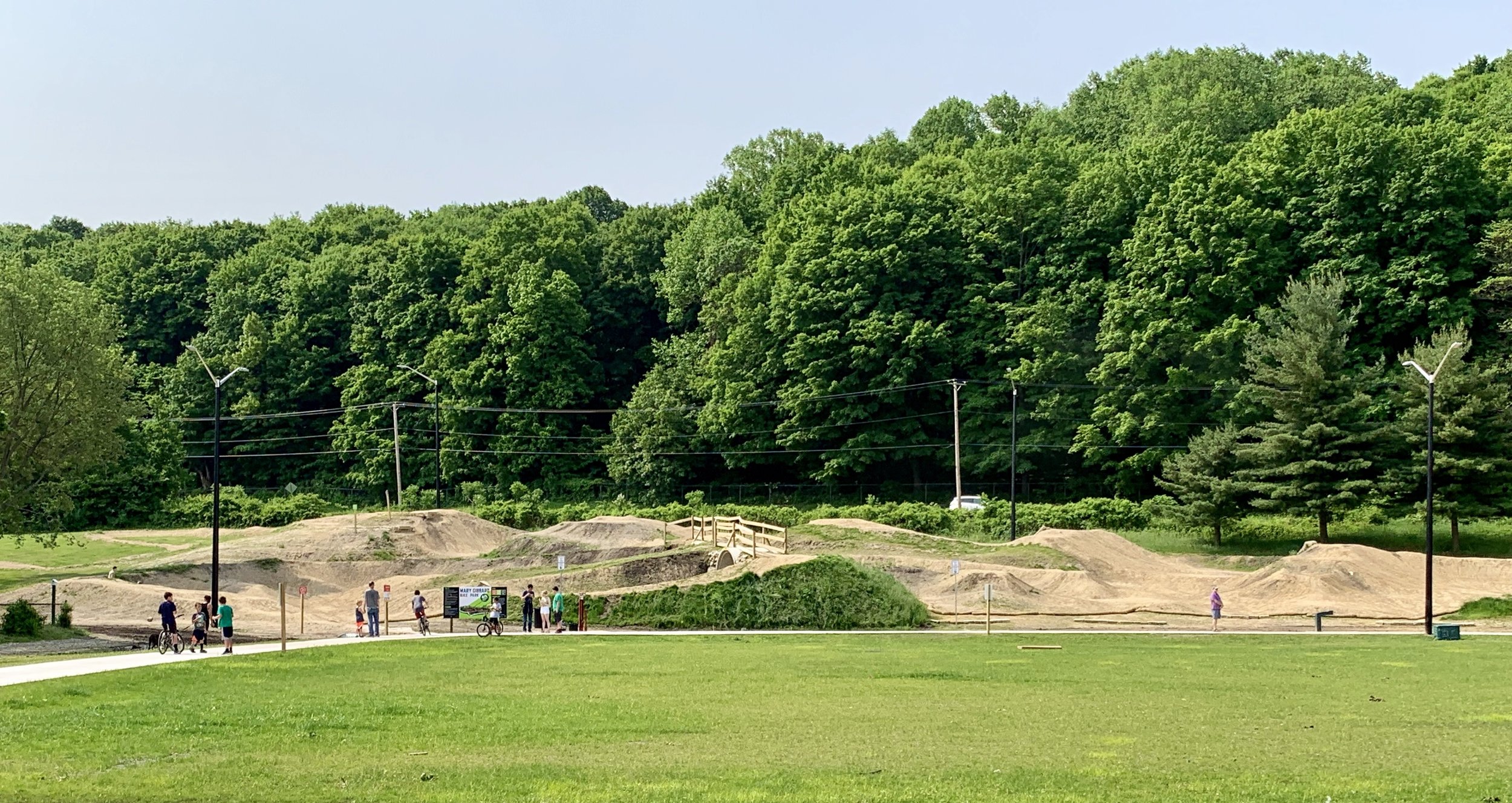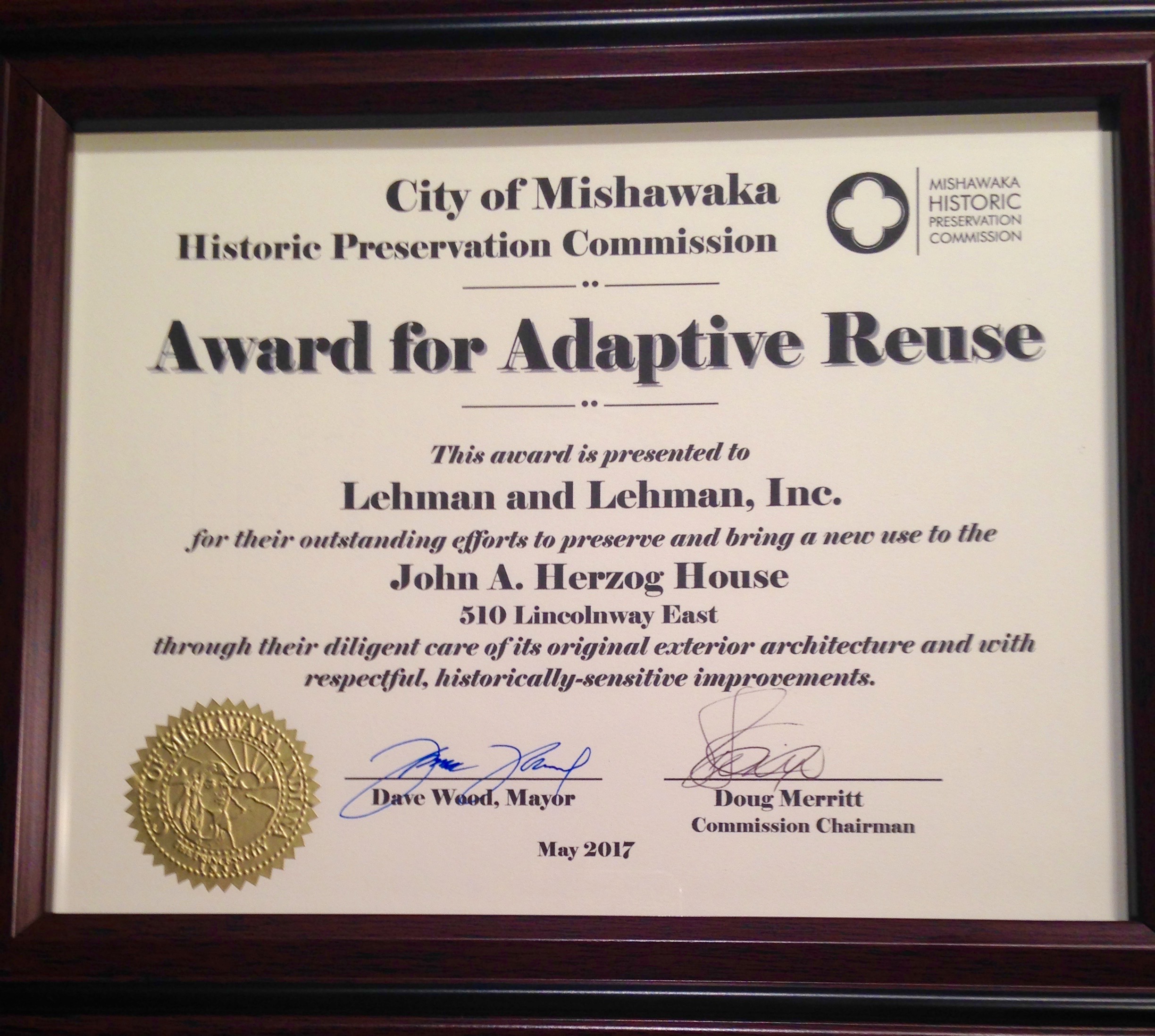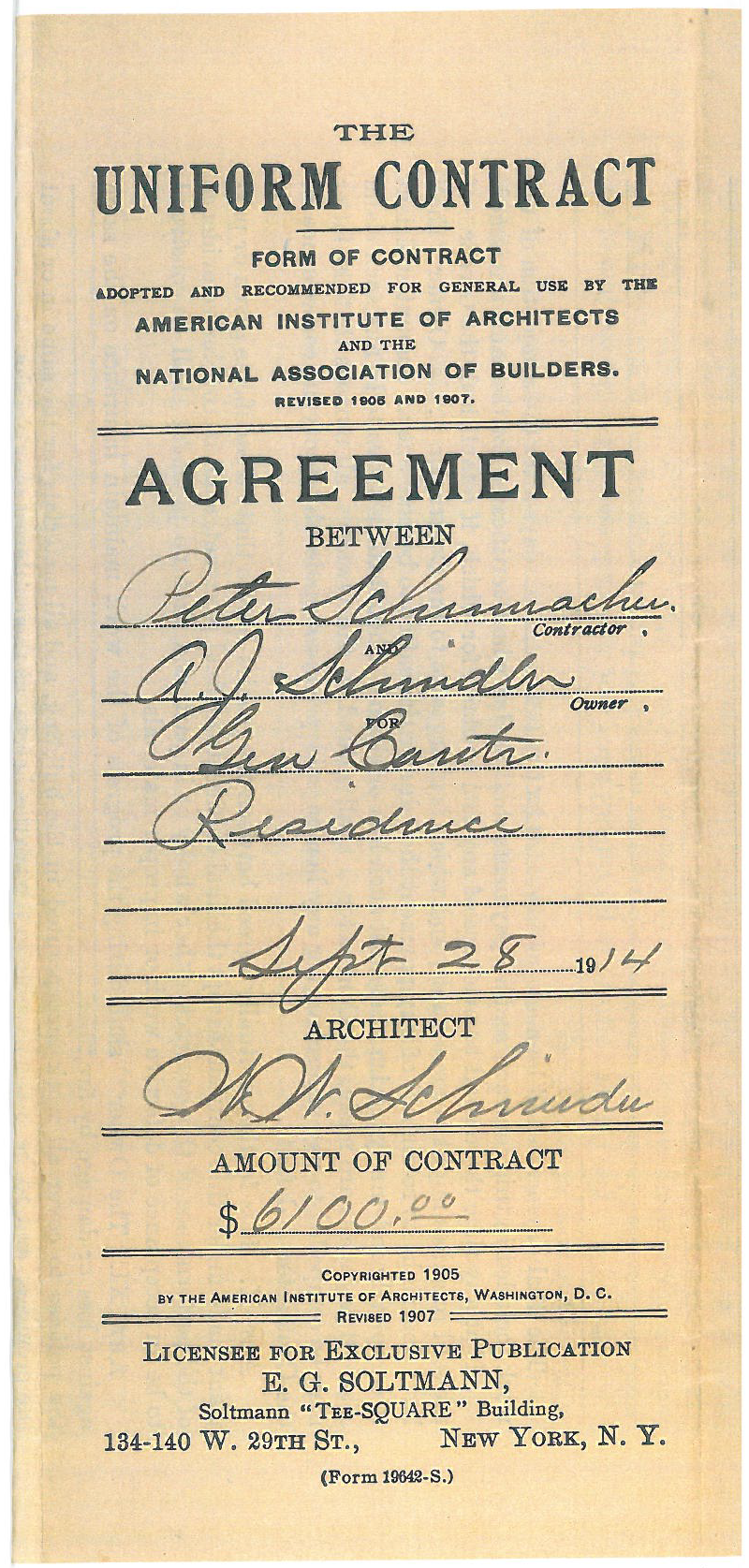enFocus is an organization that hires talented, university/college graduates as Fellows – full-time, salaried employees, who commit two years to collaboratively solving problems alongside local organizations and to incubating new programs, products, and services in Northern Indiana. Their Mission: We empower talent to build better communities. Each Fellow is assigned a Mentor from the local community.
Chuck Lehman, President of Lehman & Lehman, Inc., has served as a Mentor to several Fellows over the years. Here is an article written by enFocus of South Bend that describes the value of Mentorship. It includes his role as mentor to young professionals as their careers launch.
Chuck would encourage you, if you have time, to seek out the role of being a mentor to those in your circles of influence. It is an investment that will provide future results!
Design Meaningful Mentorship:
Creating Connections at enfocus
enFocus Biogs 1/10/2024
One of our core values at enFocus is relationships. Relationships come in many different forms, but the cultivation of interpersonal relationships create an environment of connectedness, cooperation, and collaboration. While there are many ways to build relationships at enFocus, we encourage one-on-one and group mentorship to enhance Fellowship performance and professionalism. Mentorship from a seasoned mentor outside of our company structure assists Fellows in reaching their individual goals and needs.
One example of a dedicated mentor is Chuck Lehman-President/CEO of Lehman & Lehman. landscape architects and planners located in Mishawaka, IN. Lehman defines mentorship as an "established relationship of guidance of another person in support of their personal development." His people centered approach is crucial to his mentee's success as he believes it accelerates learning, fosters networking opportunities, boosts confidence, and assists in navigating challenges based on life experiences.
Lehman expands on how he helps his mentees achieve their professional goals. He shares, "I appreciate enFocus utilizing the strengths assessment tool, Gallup's StrenqthsFinder, with their Fellows. I have found that the strengths tool provides the Fellow with a better understanding of their personal strength themes. As a mentor, it allows me to better match their strengths towards their professional goals and in their project assignments."
Don Clifton, a distinguished psychologist, created the Clifton Strengths assessment to research and invest in people's potential. The assessment helps individuals understand their top five strengths across four major categories-relationships, influence, strategy, and execution. Like the assessment, Lehman empowers his mentees to focus on their strengths rather than their weaknesses.
As a young professional, the mentor and mentee relationship can strongly influence your early trajectory. Curiosity and a passion for learning will help to direct a relationship with your mentor. Lehman says, "Through a trusting relationship with a mentor, be willing to ask questions no matter if they may appear to be of little value. Life, our career paths, our jobs, etc. are built on relationships. A strong, meaningful relationship will only enhance the values and outcomes of the mentorship."
Lehman gives advice to young professionals pursuing a mentorship relationship he shares, "learn from your past and current life experience and those of others. Gain from your own understanding of your personal strengths and talents and how you best apply them to your projects, assignments, and goals. Seek the advice of others (mentors or good friends) as additional resources." Interpersonal relationships and mentors can guide any level of professional. The guidance you receive may help you learn from someone's lived experiences and broaden your perspective on how to navigate a diverse range of scenarios.
One of the most important parts of the mentoring process is understanding that learning is a two-way street! Lehman emphasizes that as a mentor, he is dedicated to learning about his mentees. He says, "Consider the mentor's role as an investment-an investment of the mentor's time, relationship building, and support/encouragement to the mentee. Be willing to see and seek the return of that investment which may not occur for months or even years in the future."
Chuck Lehman is an outstanding example of mentorship in the South Bend-Elkhart community. He has served as a mentor for ten enFocus individuals, and an additional eight to ten entrepreneurial professionals who he regularly mentors and coaches. Relationships forged with mentors, like Lehman, help young people launch their careers, guide them through early challenges, and help them advance their careers.
Lehman leaves you with this, "I have found long-lasting relationships by maintaining a connection with 'graduates' of the enFocus Fellowship. I regularly communicate with past Fellows and have enjoyed hearing of their progress and journey in their steps of growth towards their new horizons."
